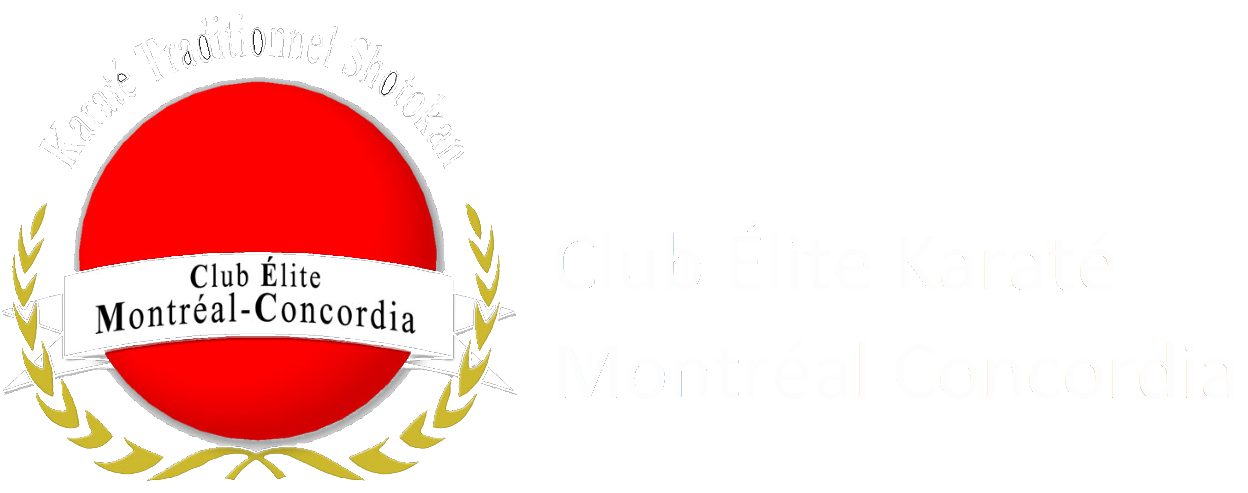Traditional karate
a way of life
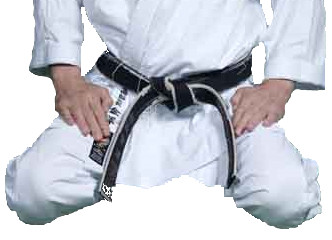
Karate
Traditional karate, an ancient martial art of Okinawa origin that allows, through a rational training, to use the natural weapons of the human body: feet, fists, knees, etc. to carry a decisive and controlled blow that can neutralize any possible aggressor in a minimum of time.
Originally Karate is designed to develop good physical and mental health.
By necessity, in wartime, Karate had become a martial art and a method of self-defense.
The suffix ” DO ” was then added which signifies the way, the search for the intimate union of the body and the mind through a diligent practice.
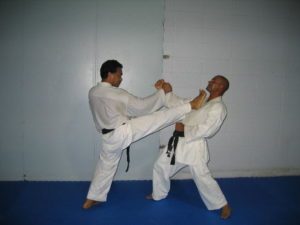

Martial art
Decisive blow: in a context of self-defense, a non-decisive counter attack can provoke a reaction of anger on the part of the assailant who can become violent and dangerous. The goal is not to score points in a sporting context but rather to protect our physical integrity and neutralize any potential aggressor. Controlled counter attack: in a context of self-defense, the law allows a reaction that is appropriate and proportional to the offense. The blow must be measured according to the nature of the perceived danger. Finally, the counter attack must be delivered in a minimum of time, which is completely different from the combination techniques found in sports competition. From this definition, we understand that the type of training in traditional karate is very different from other types of karate in general. Sports competition in traditional karate is based on the decisive blow and has no weight category to reflect reality in a situation of self-defense where one does not choose the size of his aggressor.
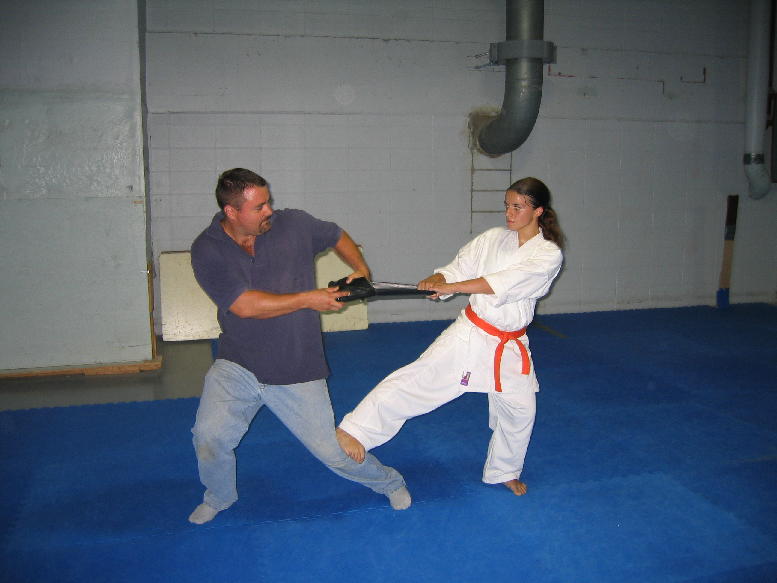
Self- Defense
Women will learn to use the flexibility and precision of movement to compensate for their muscle strength disadvantage. Over the years, offensive and defensive techniques will allow them to acquire sharp reflexes and the sense of anticipation, two essential elements to effectively neutralize any potential aggressor.
Karate as a sport
In the spirit of the traditional karate philosophy, sports competition is used primarily as an opportunity through which the karateka learns to control his techniques, to surpass himself and win in a fair and honest way. There is no weight category in these competitions and the karateka must seek the decisive and controlled technique (finishing blow). Every year, there is an opportunity for our students to participate in 2 regional competitions, a provincial competition and a national competition. Every 3 years, a SKIF World Championship.
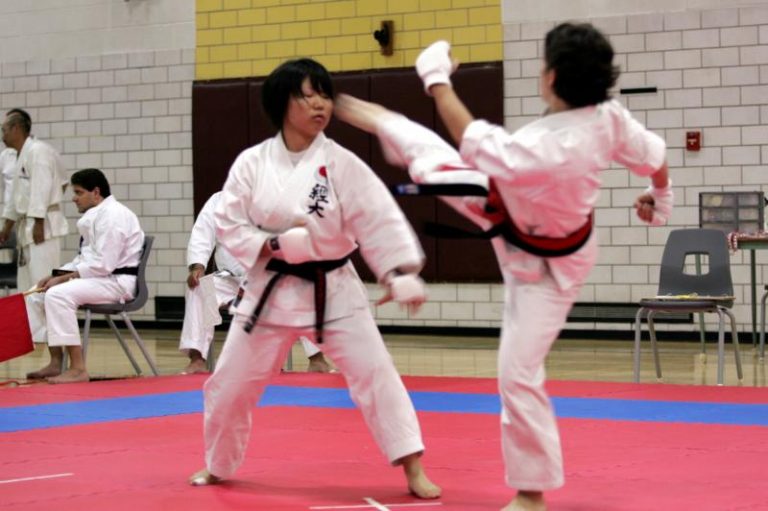
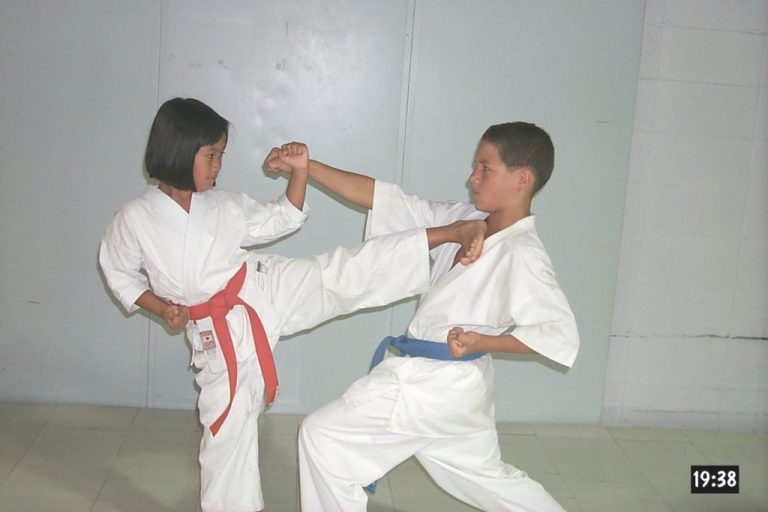
Karate for all
Derived from ancient Hindu and Chinese meditation methods, Traditional Karate can be safely practiced by people of all ages. In addition, regular practice will have beneficial physical and mental effects on you. Indeed, its natural movements combined with its methods of abdominal breathing allow their practitioners to retain their flexibility and be active until a very advanced age. We have inside our club a dozen of practitioners aged 50 and over, including 9 black belts.
The Club has facilities that allow parents of young children from 6 years of age to participate at the same time in an introductory course. During these trainings, parents perform much the same techniques as their children, except that in their case, the focus will be more on power and intensity of movement.
This introductory course allows early development of coordination in the child , and as his technique level progress, he will acquire a better mental discipline and more confidence in himself. Finally, the child who practices Traditional Karate at our Club, will see his aggressivity disappear in favor of a controlled combativeness that will serve him in all areas of his life.
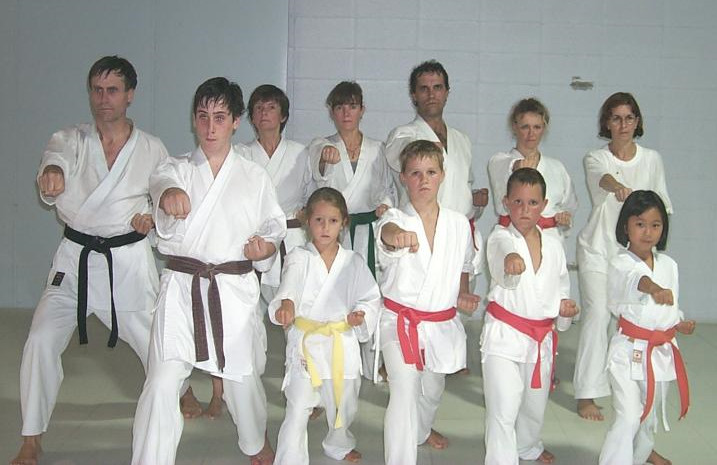
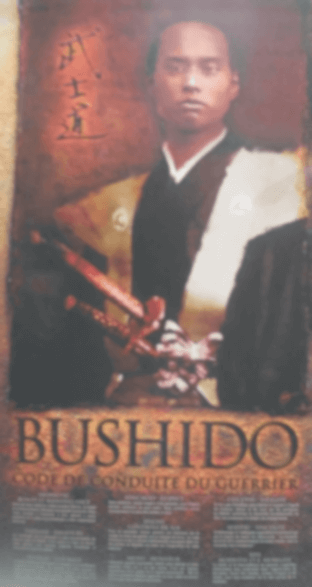
Bushido
Shinsetsu: Kindness and Benevolence
Sonchoo: Respect
Chujitsu: Loyalty
Yuukan: Courage
Tadashi: Righteousness
Seigyo: Self control
Meiyo: The honor
Ken: Modesty and humility
Seijitsu: Sincerity
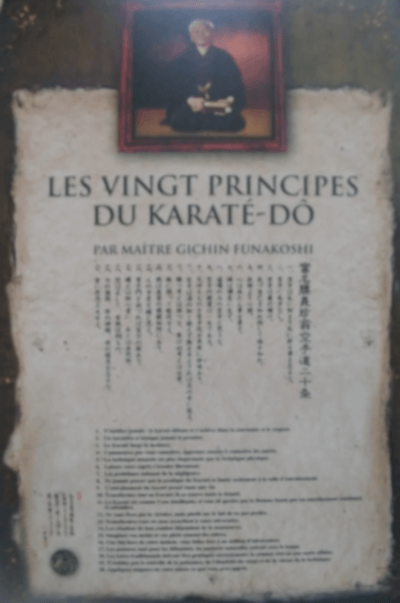
The twenty principles of karate-do
1. Never forget, karate begins and ends with courtesy and respect.
2. A karateka never attacks the first.
3. Karate forges righteousness.
4. Start by knowing yourself, then learn to know others.
5. Mental technique is more important than physical technique
6. Let your mind flow freely
7. Problems arise from negligence
8. Never think that karate practice is limited only to the training room.
9. Karate training takes a lifetime
10. Transform everything into karate; there is all the beauty.
11. Karate is like boiling water; if you do not keep the flame high by continual training, it will cool down.
12. Do not set the victory, but rather do not lose.
13. Transform yourself by giving yourself to your opponent.
14. The results of any fight depend on the maneuver.
15. Imagine your hands and feet like sabers
16. Once out of your home, you face a million opponents.
17. Postures are for beginners, natural postures follow over time.
18. Traditional kata must be practiced correctly, real combat is another matter.
19. Do not forget the control of power, elasticity of the body and the speed of the technique.
20. Always apply what you have learned to your best.
